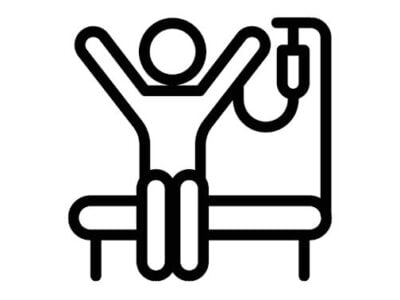
Magnetic sensor market on 7% CAGR
In 2016 the market was dominated by Hall Effect sensors with various forms of magnetoresistance sensing (XMR) taking 27 percent. Over the next six years Hall Effect sensors will lose 4 percent market share to XMR.
At present different companies tend to address different markets, be they automotive or industrial. Yole asserts that automotive and Internet of Things (IoT) will continue to drive the magnetic sensor market adding that acquisitions could be used to enable different companies to leverage their ways into multiple markets.
Magnetic sensors functions included in this analysis are switches/latches, position (angle/linear), speed, current and electronic compass.

Magnetic sensor annual market forecast. Source: Yole Developpement
Automotive is the biggest market for magnetic sensors accounting for more than 50 percent of the overall market’s $1.64 billion value in 2016. About 20 to 30 magnetic sensors are used in a traditional automobile and that number could rise to 35 in hybrid cars that require additional current sensors. Magnetic sensors are likely to find additional deployments in both powertrain and auxiliary brushless motors, and as reliability requirements increase for autonomous cars.
Next: By technology
Other markets include industrial transportation, homes, appliances and consumer electronics. “The market is clearly very fragmented, with smaller volumes and more dedicated products than in automotive, which are thus also higher priced,” said Yann de Charentenay from Yole.

Magnetic sensor market share evolution. Source: Yole Developpement.
The ‘ecompass’ electronic compass market is stabilizing after several years of shrinkage. Market growth is set to come back with applications such as wearables, robots and drones, but will be moderate compared to other businesses, said Yole.
Anisotropic Magneto Resistive (AMR), Giant Magneto Resistive (GMR) and Tunnel Magneto Resistive (TMR) technologies collectively known as XMR have the advantage over Hall Effect sensors of better sensitivity and thus they are mainly used for position measurement and price angles in particular.
Related links and articles:
News articles:
Magnetic sensors roll at Tower foundry
Magnetic sensors get smarter for IoT-connected systems
Bosch, ST lose market share in 2016 MEMS vendor ranking
 If you enjoyed this article, you will like the following ones: don't miss them by subscribing to :
eeNews on Google News
If you enjoyed this article, you will like the following ones: don't miss them by subscribing to :
eeNews on Google News



